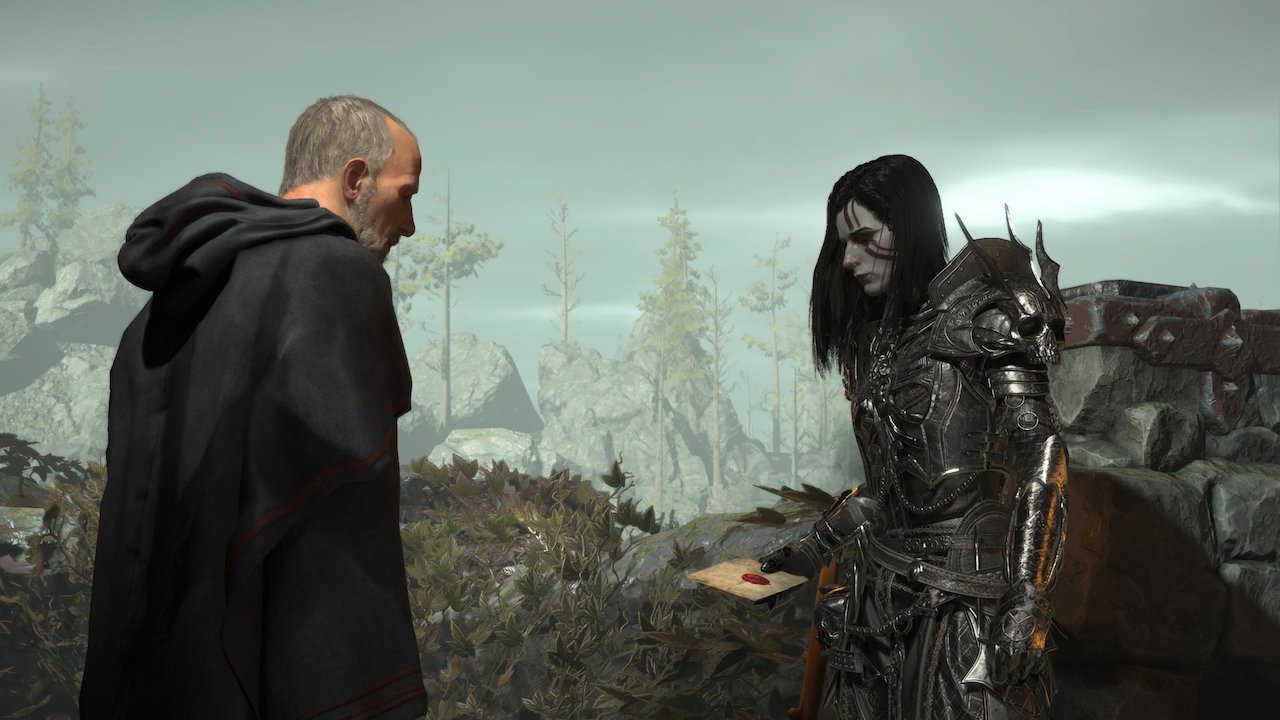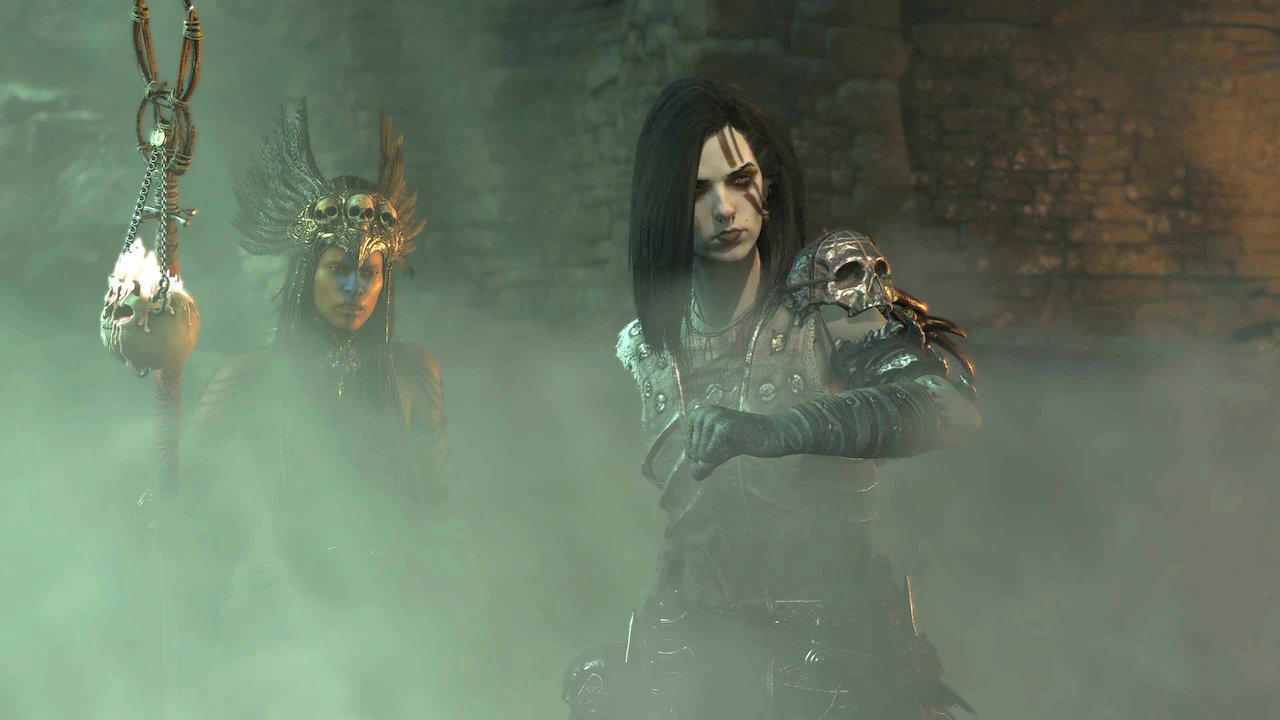(OSV News) – The latest title in a franchise that’s been going strong since 1997, “Diablo IV” (Blizzard) sees an epic confrontation between a rogue angel and a fugitive demon, with the fate of humanity hanging in the balance. As even such a brief plot summary indicates, the game makes free use of religious imagery in a way that might confuse the impressionable.
Add to this potential disorientation numerous sights not for the squeamish and it’s clear that the game is suitable only for grown-ups and, perhaps, mature teens. The prevailing mood, moreover, is one reminiscent of gothic fiction. The moody narrative unfolds within a bleak environment haunted by the past.
The mythos of the series has been spelled out across this installment’s three predecessors. It ascribes the origin of humanity to the union of the two spiritual beings already mentioned, Inarius (voice of Gabe Kunda), an outcast from the so-called High Heavens, and Lilith (voice of Caroline Faber), an exile from the underworld known as the Burning Hells.
Together, they created the world of mortals, here referred to as Sanctuary. Their chaotic relationship failed to last, however, and Inarius eventually banished Lilith. Now changing circumstances seem to offer Lilith a chance not only to return but to gain permanent dominion over Sanctuary.

There’s little to choose between the two former spouses, though. While Lilith is angling to seduce humans with the promise of power and a place by her side, Inarius is selfishly scheming to return to the High Heavens, no matter what the cost to his abandoned mortal worshippers whom he arrogantly holds in contempt.
The complexity of these protagonists, neither of whom is entirely good or wicked, adds subtlety to their story and proves engaging for gamers. As the player-controlled character, the Wanderer, becomes embroiled in the cosmic conflict between the exes, he works to thwart Lilith. He’s aided on this quest by a handful of allies.
Behind the yin and yang of Lilith and Inarius lies a further layer of spiritual fiction. This deals with a God-like first being who long ago purged himself of evil only to see the negative force he had expelled take on its own independent existence. The ensuing battle between these two entities – called here the Eternal Conflict – led to the creation of the universe.
Such a pastiche of varied metaphysical elements, including several drawn from Christianity, may intrigue some gamers; others may dismiss it as so much hyped-up nonsense. The latter will prefer to get on with the goal of seeing the Wanderer triumph, assessing their level of success along the way through real-time combat systems and character statistics.
The designers mostly treat the mayhem in which the Wanderer is caught up discreetly, using a bird’s-eye perspective to create distance between the player and the grim consequences of the ongoing fray. That said, the main proceedings are far from circumspect while cutscenes are even more graphic.
Playable on PlayStation 4, PlayStation 5, Xbox One, Xbox Series and Windows PC.
The game contains combat violence with blood effects, gruesome images, some crude language and nonscriptural religious themes. The OSV News classification is A-III – adults. The Entertainment Software Rating Board rating is M – mature.

